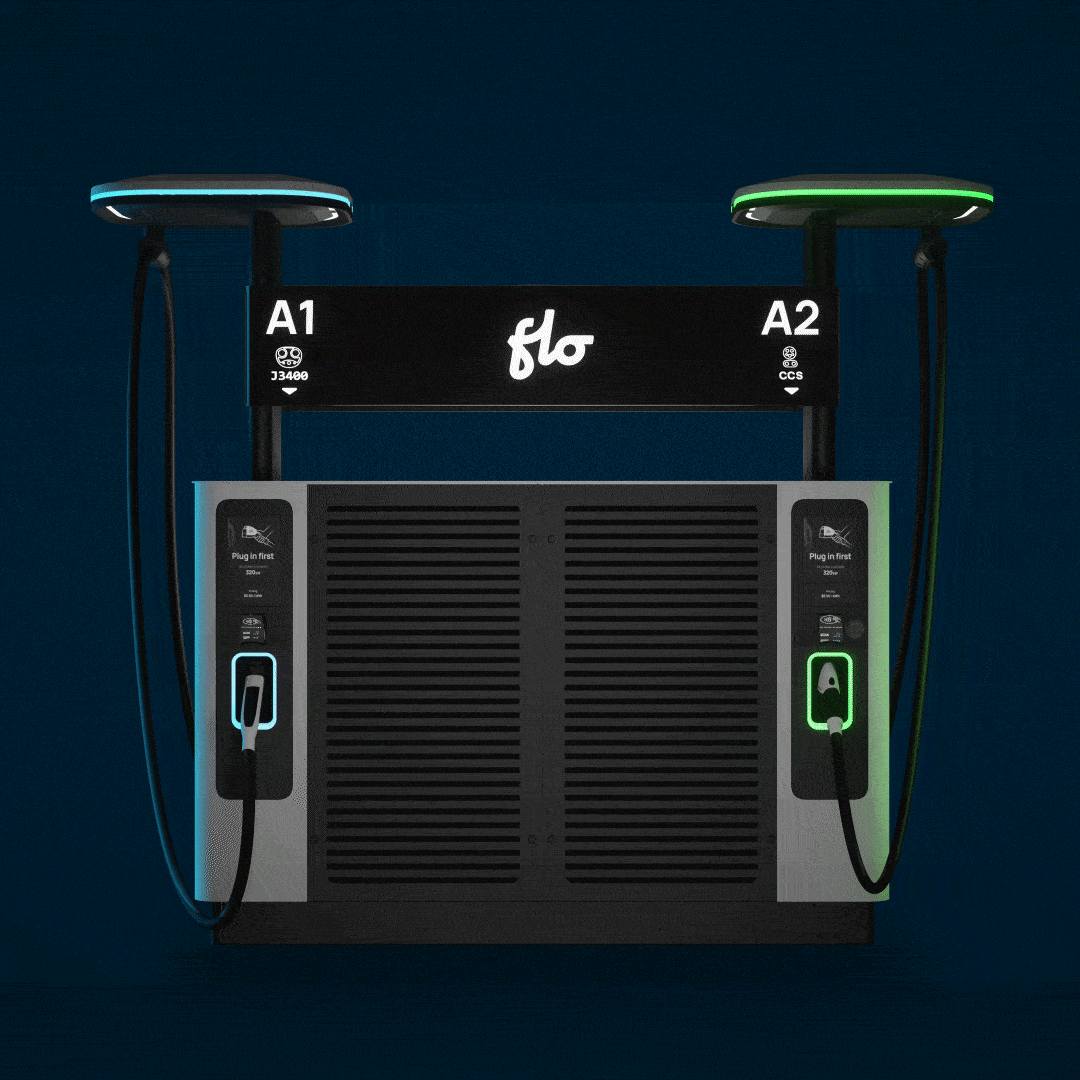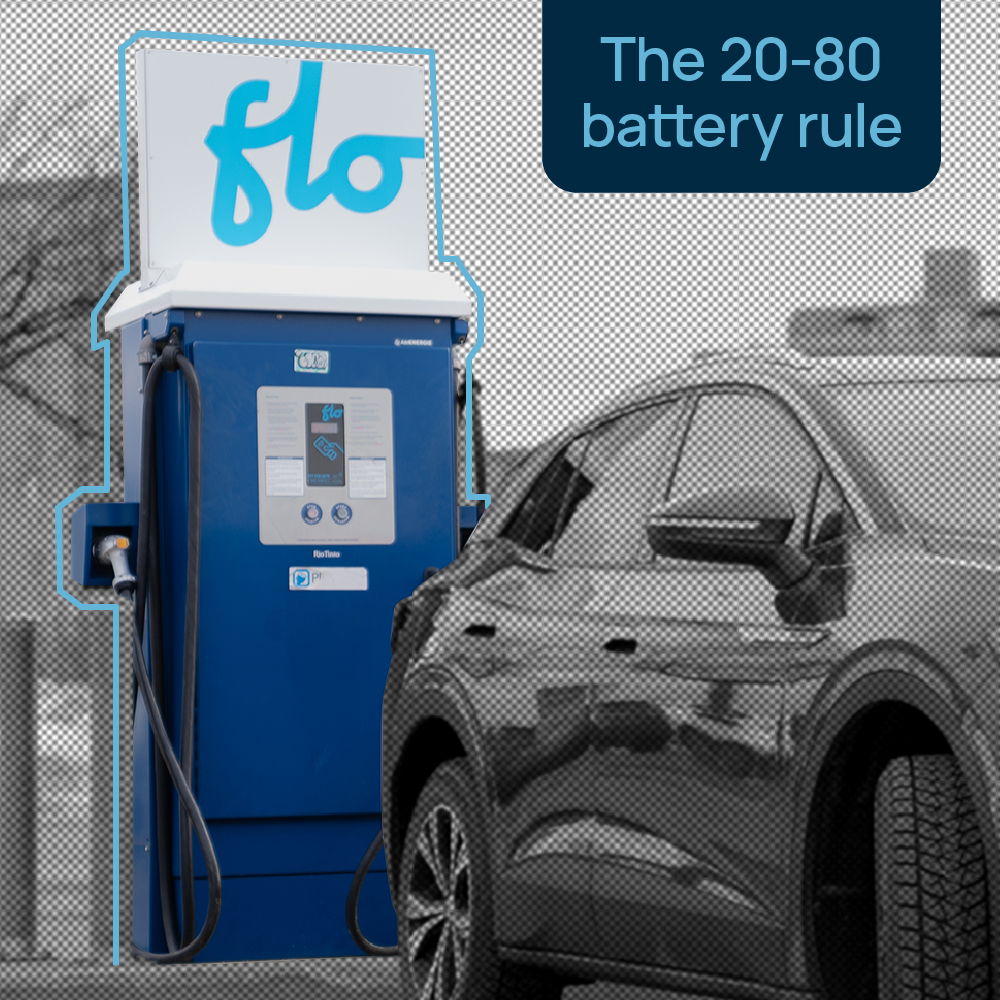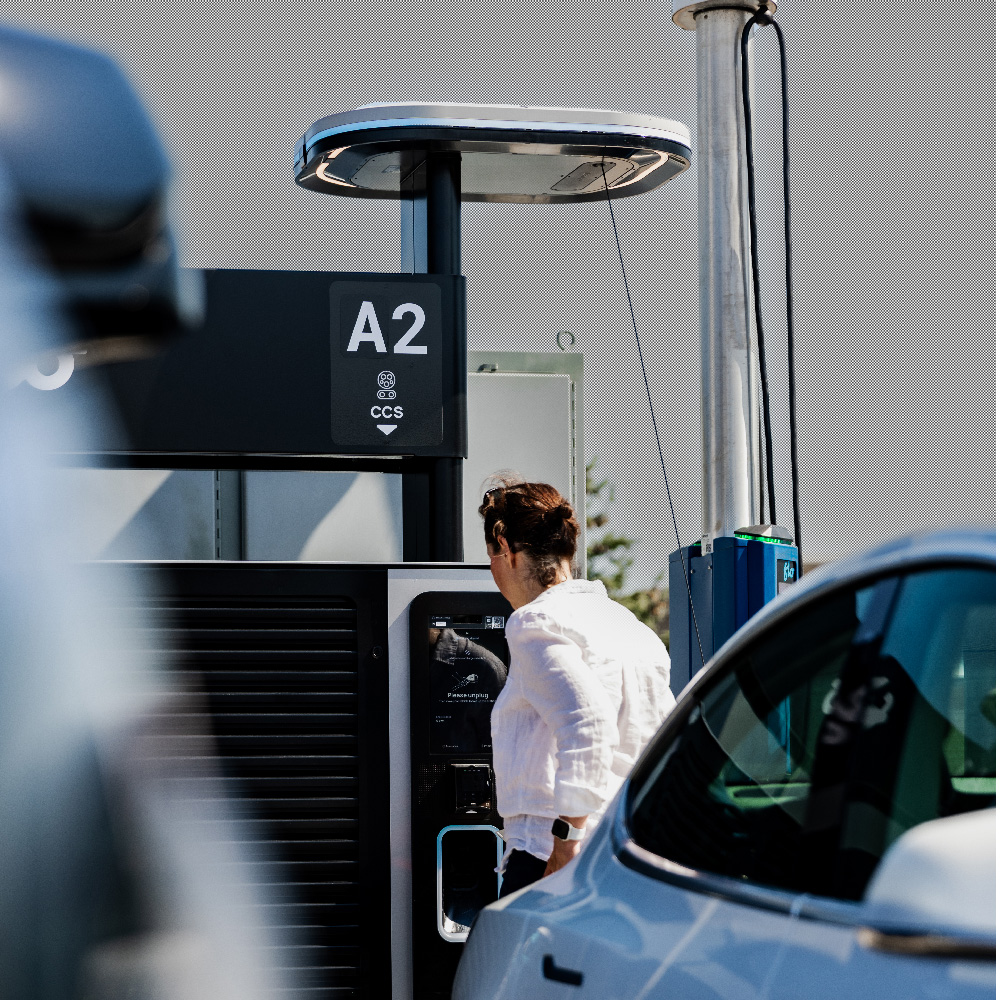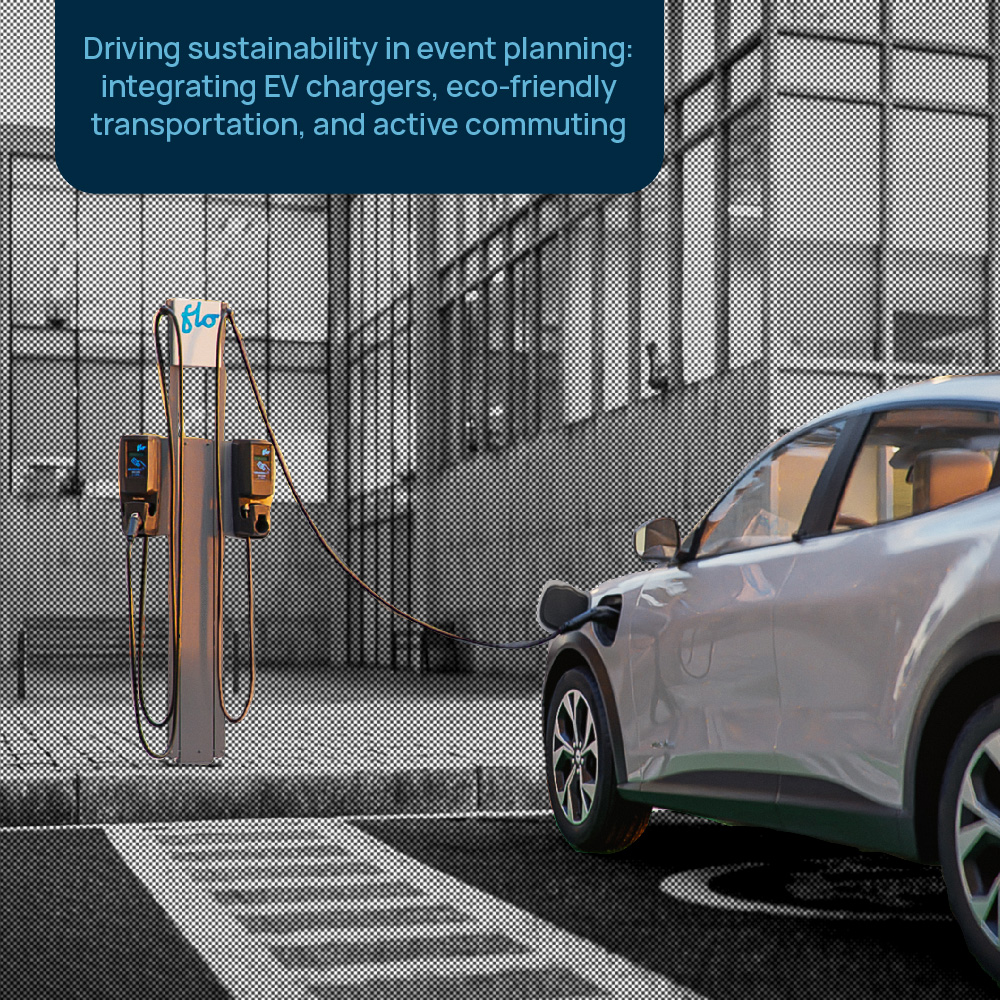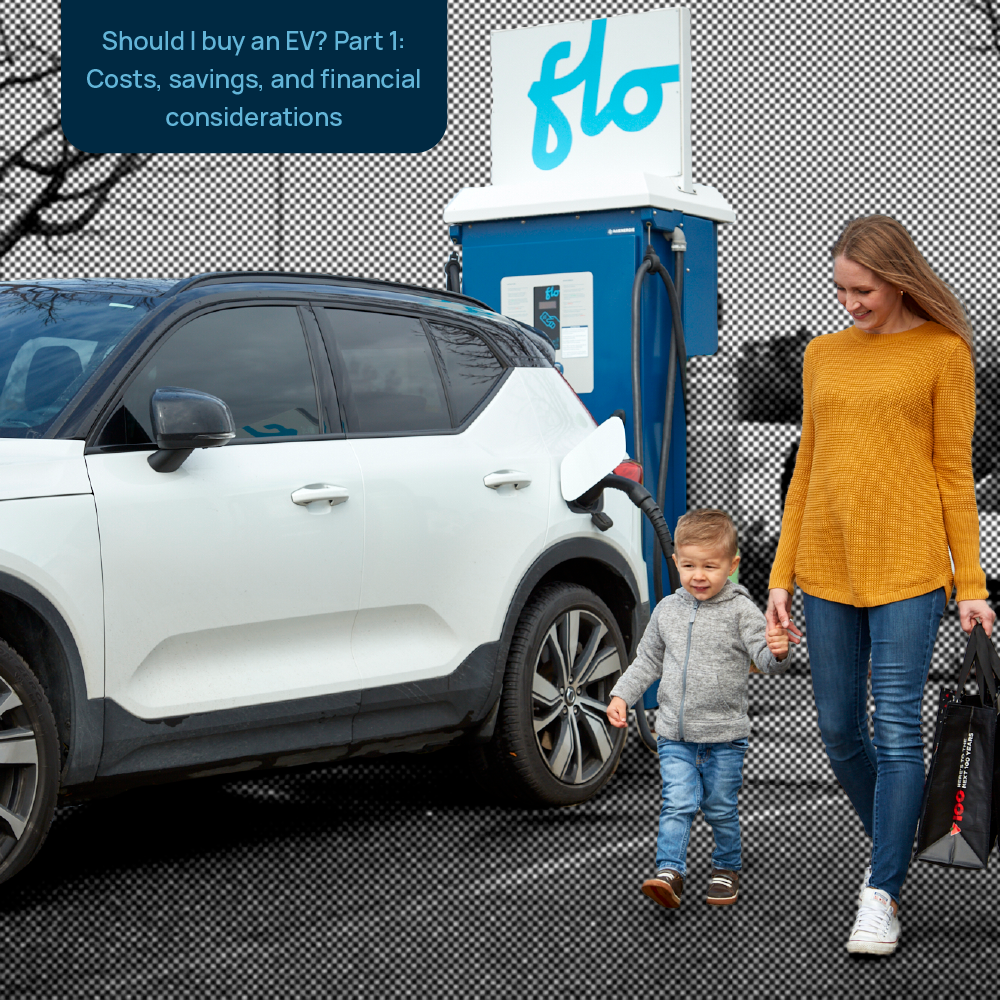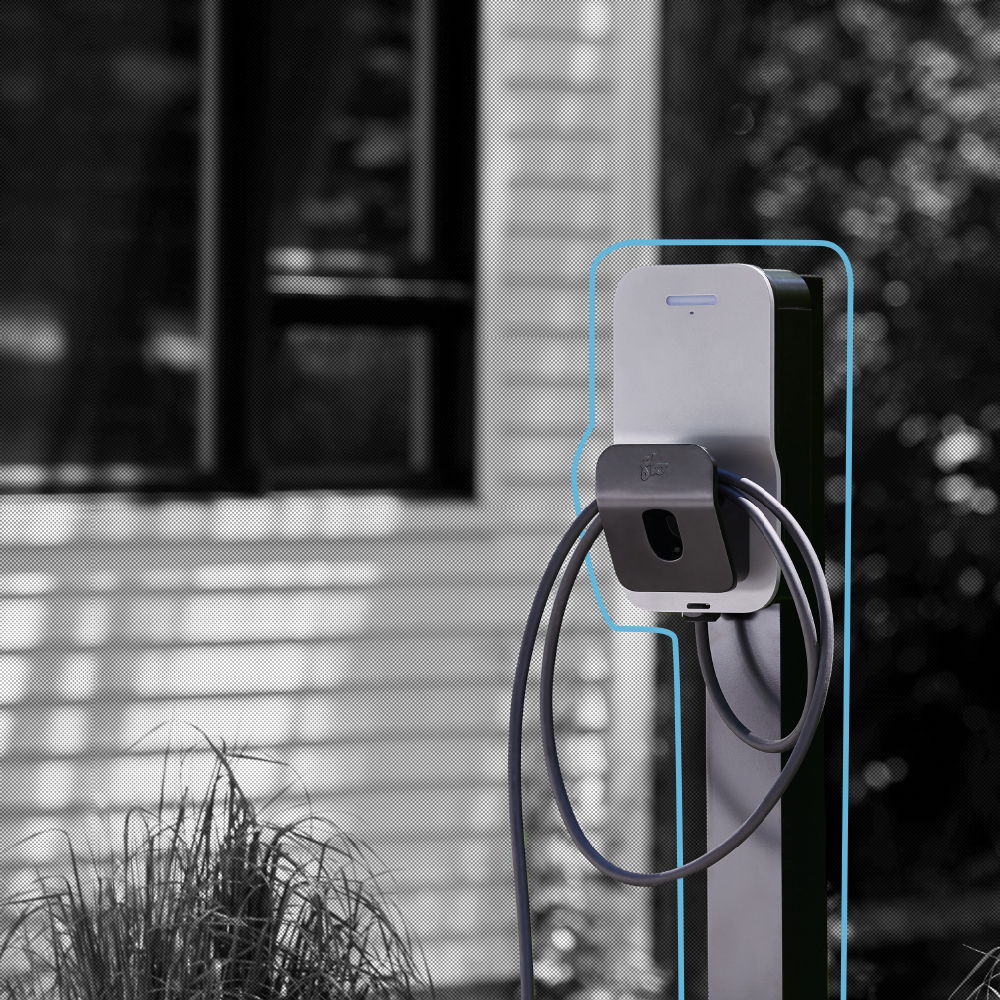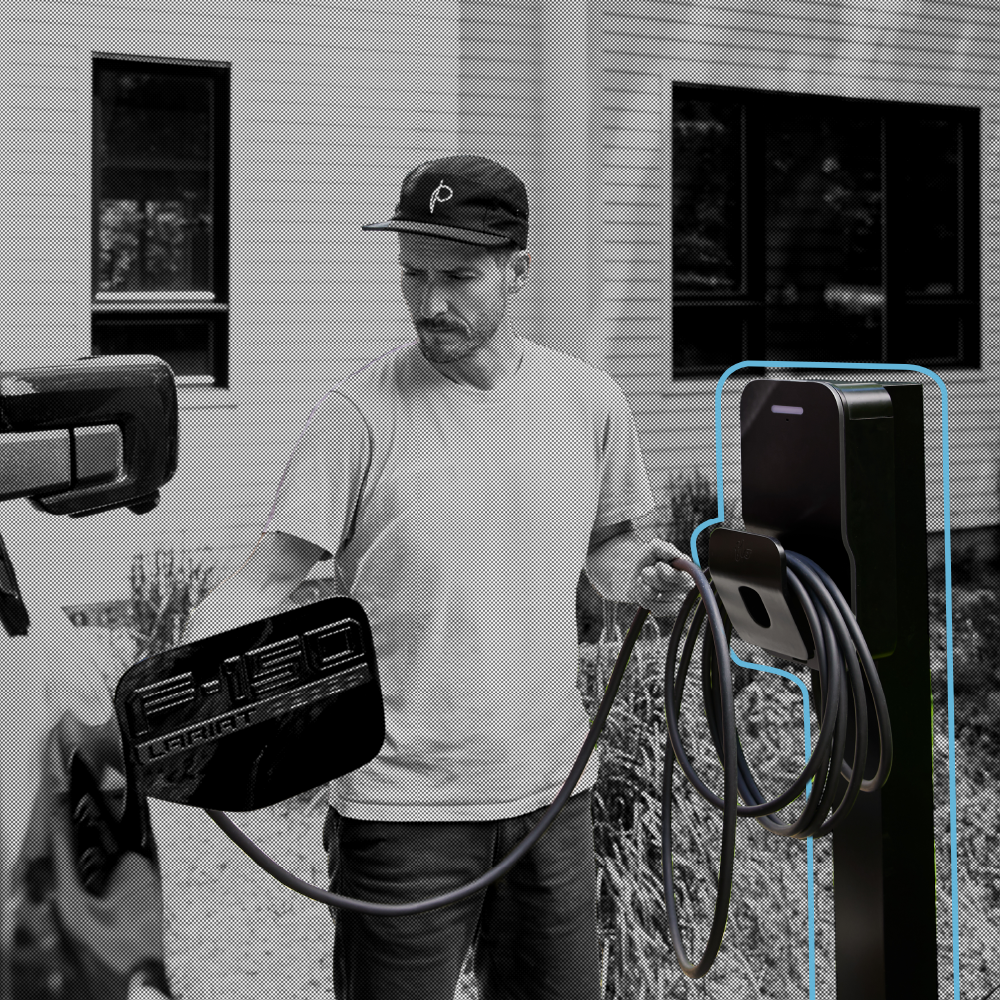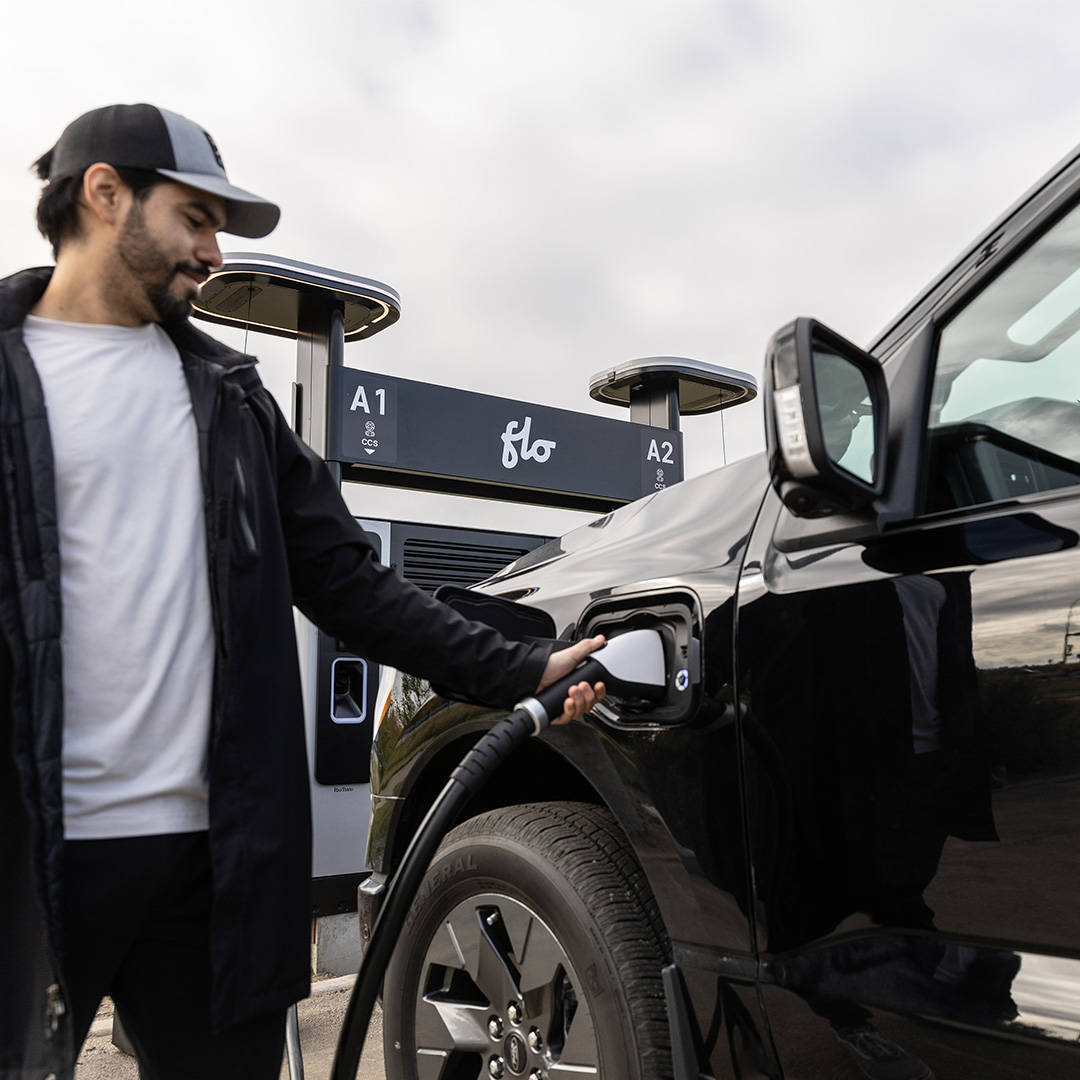The 20-80% battery rule: making the most of your EV’s lifespan
Picture yourself behind the wheel of your brand-new electric vehicle (EV), the dashboard gleaming, the silence of the engine almost surreal. As you glide down the road, you might wonder: How can I best take care of this modern marvel? When should I charge my electric car? Enter the 20-80% battery rule.
Some swear by it, others ignore it. Is it an urban myth or truly a best practice? Here’s what the experts at FLO have to say.
Manual First and Always
First and foremost, you should always review your vehicle’s instruction manual, and if you don’t see an answer, give your manufacturer a call. In all cases, (including if it’s inconsistent with the general guidance below) go with your manual, which is written by the smart folks who made your specific ride.
What is the 20-80% battery rule?
Simply, the 20-80% rule suggests keeping the battery of an electric vehicle charged between 20% and 80% of full capacity. It’s a method of electric vehicle charging meant to improve battery life. Think of it as the green zone.
The science behind lithium-ion batteries
Lithium-ion batteries, the powerhouse at the heart of most EVs, operate through the movement of lithium ions between positive and negative electrodes.
Imagine a tiny container divided into two parts, with a positive side and a negative side. Inside this container there are chemicals that react with each other to produce electricity. When you charge the battery, an electrical current is sent through the battery, which causes lithium ions to move from the cathodes to the anodes. The electricity flow is transformed into chemical energy that is stored within the cells.
When you use your electronic device or electric vehicle, the battery starts to discharge, and the lithium ions move back from the negative side to the positive side. As lithium ions move, they produce an electrical flow, which powers your device or vehicle.
Why should you care?
- Strain and stress: Continuously charging your battery to its maximum or depleting it to its minimum can strain the electrodes. Over time, this strain can lead to reduced storage capacity and, in turn, a reduced lifespan.
- Optimal performance: Keeping the battery within the 20-80% range can help the electrodes maintain their integrity and increase the likelihood that the battery operates efficiently. The 20-80% range helps maintain a balance, reducing the risk that the battery experiences extreme conditions that may accelerate wear and tear. By staying within this range, you’re helping ensure your battery performs at its peak. Other factors, like temperature, can also impact battery performance.
Read more: How much does cold weather affect EV range?
Exceptions to the rule
Life can be unpredictable. There may be times when you need that extra juice to reach your destination or when you can’t charge your EV before the battery dips below 20%.
- It’s okay to flex: If you occasionally find yourself charging above 80% or dipping below 20%, don’t panic. Modern EV battery technology is designed to handle such situations. It’s the consistent and prolonged exposure to these extremes that you should avoid.
- Safety first: If you’re on a long journey and the next charging station is a bit far, it’s better to charge fully and extend your EV’s range to ensure you reach your destination safely. Remember, the 20-80% rule is a guideline, not a strict law.
Managing your EV’s charge at home and on the go
Wondering if you’ll need to constantly monitor your EV’s charge to unplug it at 80%? Many electric vehicles feature a menu option that enables you to specify the desired charge level, such as 80%. By selecting this setting, you can plug in the car, and it will automatically cease charging once it reaches the designated level. This functionality is also available in certain home and public chargers.
Read more: Are smart chargers worth the hype?
When you’re out and about, public charging becomes a key part of the EV experience. Using the FLO app with a fast charger, you can monitor your car’s charge level and ensure you stop charging before it exceeds 80%. It’s worth noting that most EVs are designed to reduce their fast charging speed once an EV’s battery hits the 80% mark. Especially if you are fast charging, this natural slowdown often means there’s little benefit to waiting beyond the 80% point, making it easier for you to protect your battery even when you’re away from home.
Making the most of your EV
Understanding and following the 20-80% rule is a great way to help your EV remain in top condition. But, as with all things in life, it’s essential to strike a balance. While it’s great to aim for the green zone, it’s equally important to remember that your EV is a robust piece of technology, and that sometimes, life happens. Always refer to your owner’s manual recommendations for the most accurate guidance tailored to your specific vehicle.
So, the next time you’re out on the road, enjoying the smooth ride of your EV, remember the 20-80% rule. And, if you occasionally need to bend the rule? That’s okay. Your EV’s got your back. Safe travels!

